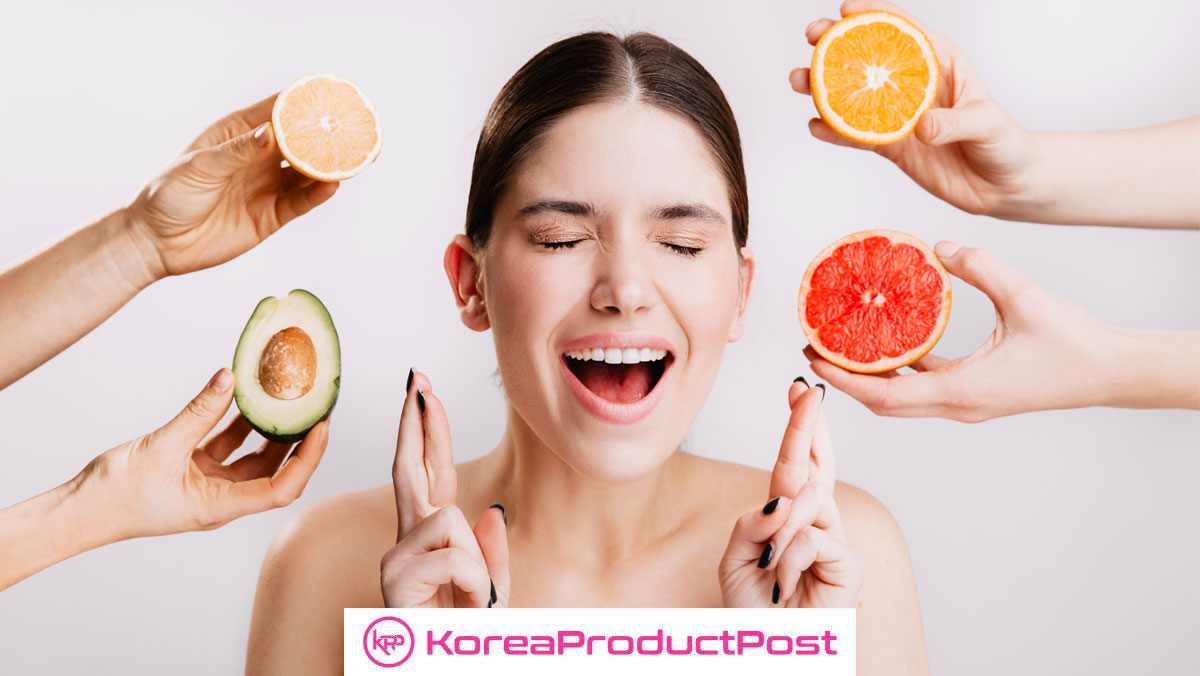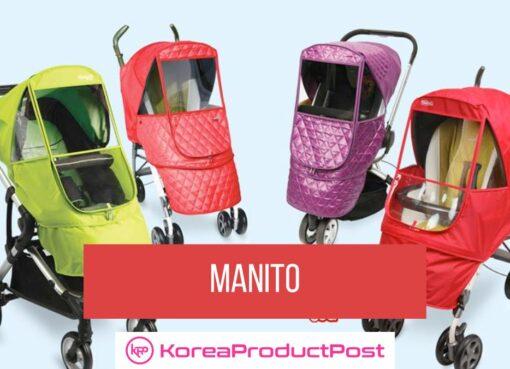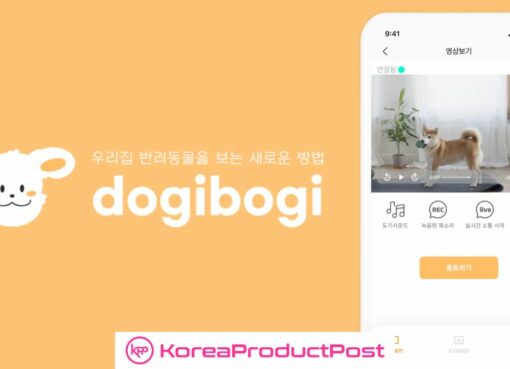If you’ve been watching Korea’s wellness scene closely, you’ll notice something surprising: strong flavors starts fading, and functional ingredients are quietly taking their place. In the age of hyper-efficiency, young Koreans are reaching for slow-aging foods that don’t just nourish your body but also calm them instead. And it’s not just some kind of viral trends, this is a grassroots shift that now includes what you eat, what you avoid, and how you listen to your metabolism. And today we’re going to dive deeper into this slow-aging diet trends: what foods to add in your meals, and which ones to avoid, according to latest reports from South Korea.
South Korea Slow-Aging Foods: Complete Shifts for Your Daily Meals
The rising trends of slow-aging diet in South Korea has recently turned from mere cosmetic concerns into an actual lifestyle that focuses on improving health and metabolism.
Unlike what people used to think about that anti-aging skincare, this new slow-aging diet trends in South Korea is NOT abouts stopping time or staying young as long as possible. Instead, it aims support the body’s natural pace, especially by stabilizing blood sugar, reducing inflammation, and nourishing organs like the liver and gut.
Slow-aging foods do one thing very well: they slow down what makes us age faster. And the best ones don’t just lower glycemic spikes—they restore clarity, improve energy, and promote hormonal balance.

This growing food philosophy is shaped by Professor Jung Hee Won, a geriatric specialist at Seoul Asan Medical Center and the man behind the viral “Professor Slow-Aging” movement. He and thousands of Gen Z Koreans on platforms like X have created a food culture that rejects spikes and crashes and celebrates quiet regulation.
Eat This: Core Foods That Support the Slow Aging Process
If you’re new but very much interested to repair your metabolism, there are specific foods you can add to your daily meals to slow the aging process in your body.
Semi-Polished Rice (현미 or 반정백미)
As a staple in most slow aging meals, this lightly milled rice sits perfectly between brown and white. Unlike white rice, which can spike glucose levels quickly, it actually preserves enough fiber and nutrients to stabilize blood sugar.
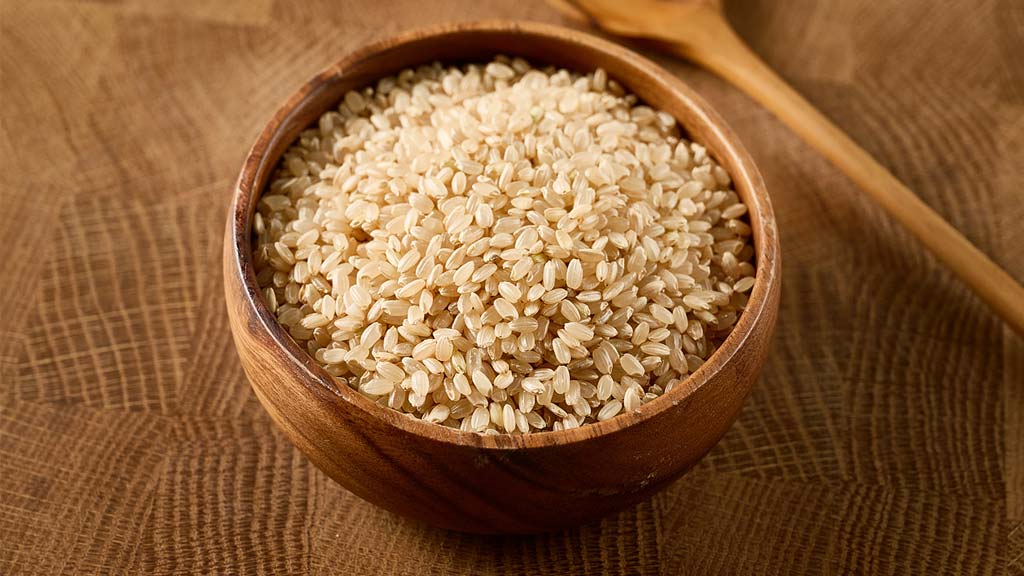
How It Helps:
- Provides sustained energy
- Supports digestive function
- Helps avoid insulin crashes that age skin and organs
Leafy Vegetables and Whole Raw Produce
What kind of vegetables serve as good slow-aging foods to add to your daily meal? Well, let’s start with kale, arugula, cabbage, perilla leaves, and radish tops. Professor Jung and his followers often prepare unheated salads or wraps using these ingredients to maximize vitamin retention.
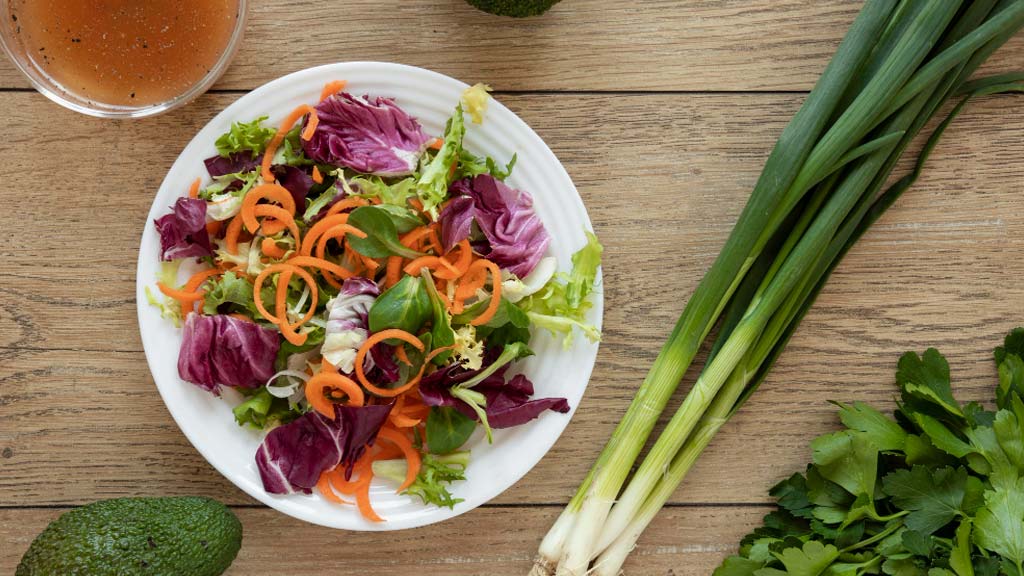
What You Gain:
- Anti-inflammatory benefits
- Natural enzymes for digestion
- A sense of fullness without calorie overload
Beans, Legumes, and Pulses (Lentils, Chickpeas, Black Soybeans)
RealFood’s June 2025 feature on bean-based pasta confirms thatlegumes are having a major comeback as one of the popular slow-aging foods in South Korea. Lentil-based noodles, chickpea bowls, and black soybean side dishes are now common in wellness-focused lunchboxes.
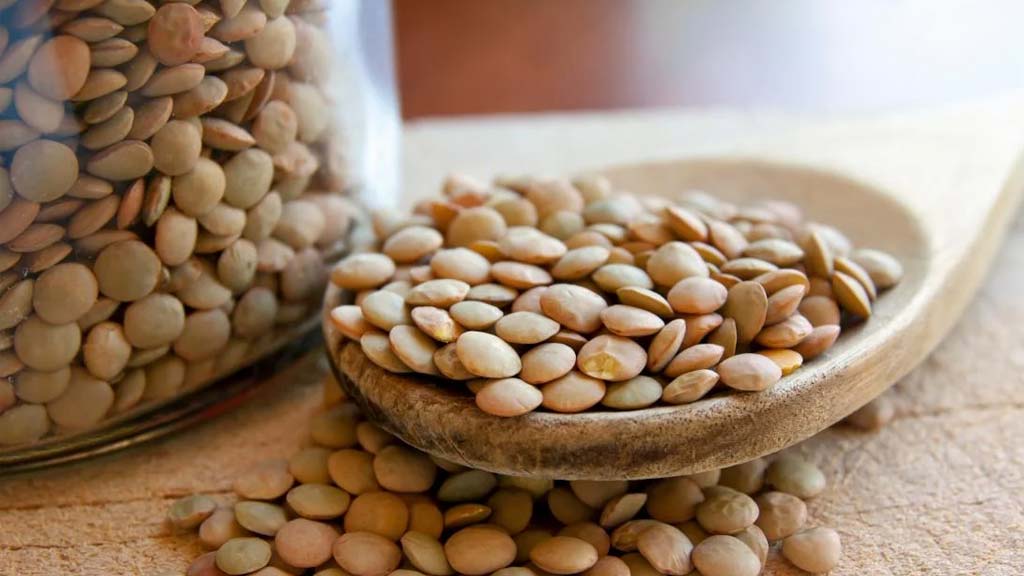
Why They Work:
- Slow-releasing complex carbs
- Rich in plant-based protein
- Boosts fiber intake (which is essential for gut-liver axis regulation)
Low-Sodium, Unprocessed Seasonings
Furthermore, you might also want to say goodbye to sugary sauces and instant powder blends. Then, replace these high-sodium sauces with these famous foods in South Korea that are safer for your slow aging meals:
- Doenjang (fermented soybean paste)
- Yuzu soy dressing
- Perilla oil, sesame salt, vinegar infusions
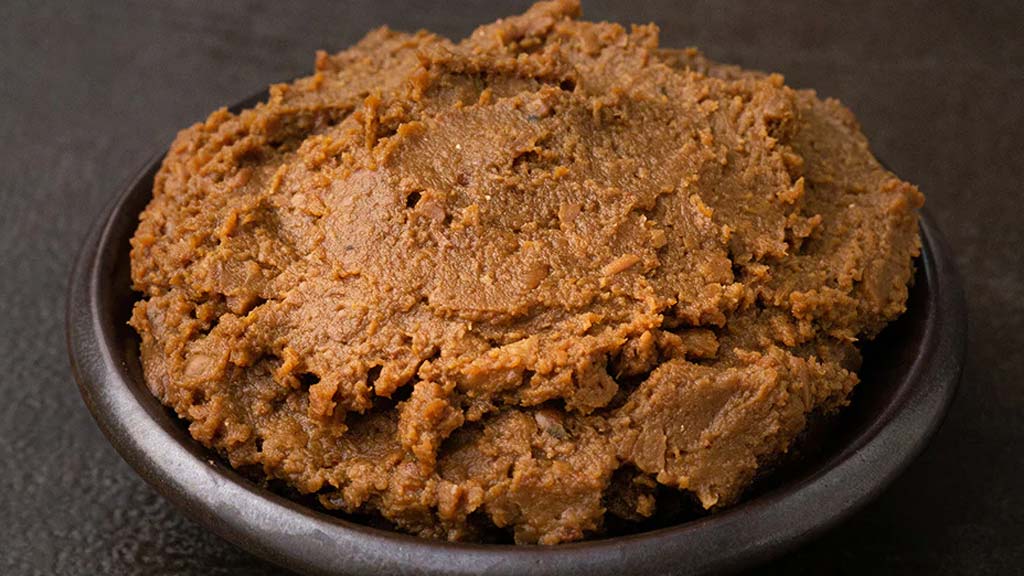
These provide flavor without burdening your liver or spiking sodium levels.
Cold-Pressed Oils (Perilla, Sesame, Flax)
Contrary to popular beliefs, these cold-pressed oils serve more than just scents or tastes for slow-aging foods. Instead, they are famous for their anti-inflammatory fat profiles—especially Omega-3s, which are crucial for skin barrier function and hormonal regulation.
How to Use: Drizzle on grain bowls or slow-aged pasta instead of creamy dressings.
Remove This from Your Daily Meals: Foods That Accelerate the Aging Process
At the same time, if you want to follow this slow-aging diet trends from South Korea, you might want to remove these kinds of foods from your daily meals.
100% Fruit Juice (Even Homemade)
This might surprise many, but Professor Jung’s public lectures and RealFood’s May 2025 analysis both emphasize this truth: even juice with no added sugar can disrupt your metabolism.

Why It’s Harmful:
- Lacks fiber (which regulates sugar absorption)
- Causes blood glucose to rise rapidly
- Overloads the liver, encouraging fat storage and inflammation
What to Do Instead: Choose whole fruits and take the time to chew them. This simple act allows your body to process natural sugars more gradually, supporting better digestion and metabolic balance.
Refined Flour and White Pasta
Carbohydrates aren’t the problem—but high-GI options like white noodles and processed breads can disrupt your blood sugar balance. Without fiber to slow absorption, these foods cause rapid spikes that leave your body working overtime.

Therefore, you might want to replace these kinds of foods with slow-aging friendly meals, including:
- Lentil or chickpea pasta,
- Barley or mixed grain rice,
- Buckwheat (memil) noodles.
Supplements in Place of Whole Foods
It’s a common misconception that popping a multivitamin can replace real food—but the body doesn’t work that way.
According to Professor Jung, supplements only provide isolated nutrients, while whole foods deliver a wide range of compounds that work together in ways science is still uncovering.
Therefore, if you want real benefits, reach for fresh, uncooked produce. Even a handful of strawberries, a few slices of bell pepper, or a single tomato can give your body far more than any pill.
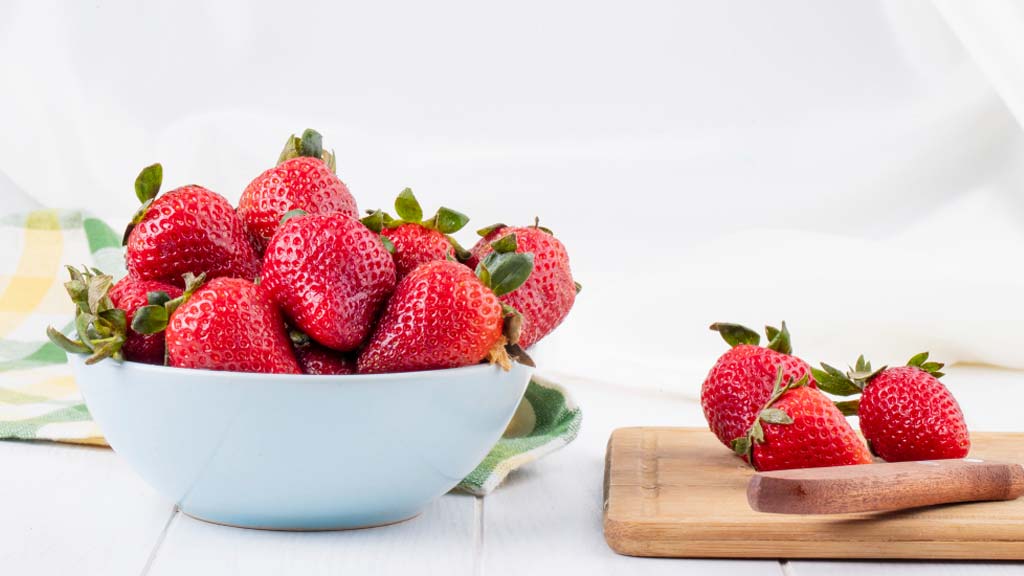
How This Plays Out in Daily Korean Meals
A typical slow-aging meal in Korea doesn’t call for attention—but it speaks volumes through intention.
You might find a semi-polished rice ball wrapped in fresh kale, a miso-dressed legume salad, or a bowl of soy-based pasta topped with sesame oil and thinly sliced radish. At the same time, instead of sugary juice, there’s cold barley water. And in place of fried meats, fermented cabbage and tofu take the spotlight.
What started as a quiet movement has now reshaped convenience store shelves. 7-Eleven offers Dr. Jung-inspired lunchboxes. CJ Freshway runs “Slow Eat Day” campaigns in corporate cafeterias. Even GS25 has responded with semi-polished grain blends tailored to rising demand.
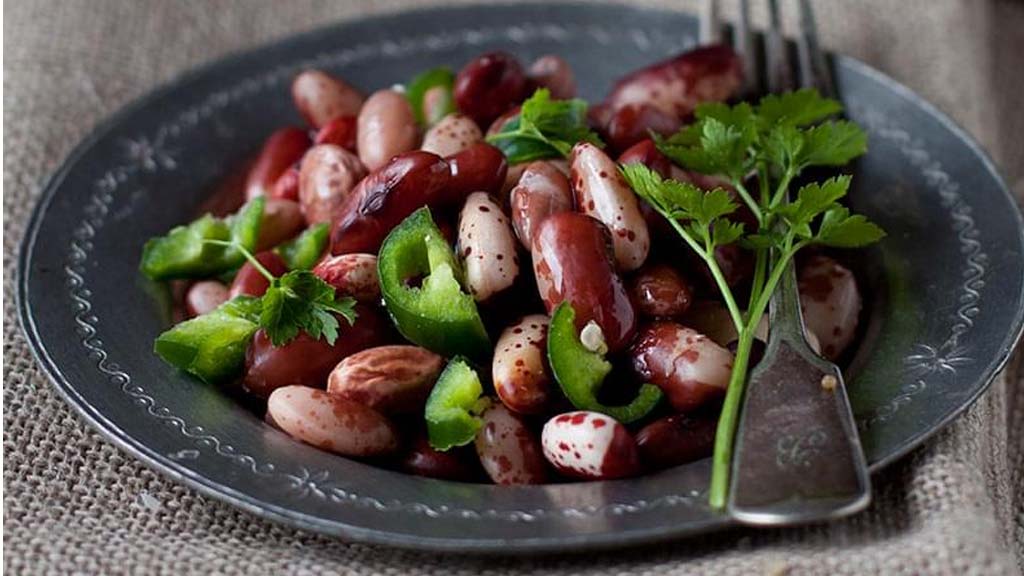
And if you think that: “Oh, it may just be one of those passing TikTok trends.” Well, sorry to break it to you, but no. Slow-aging diet is one of the most grounded revolutions in South Korea. It starts with choosing meals that match the pace your body was built to follow and ends as a new healthy lifestyle.
Don’t Eat for Your Age—Eat for Your Pace
Finally, this South Korea slow aging movement is never about trying to overhaul your life. Instead, it shakes to your very core of daily habits and invite you to observe them for the better.
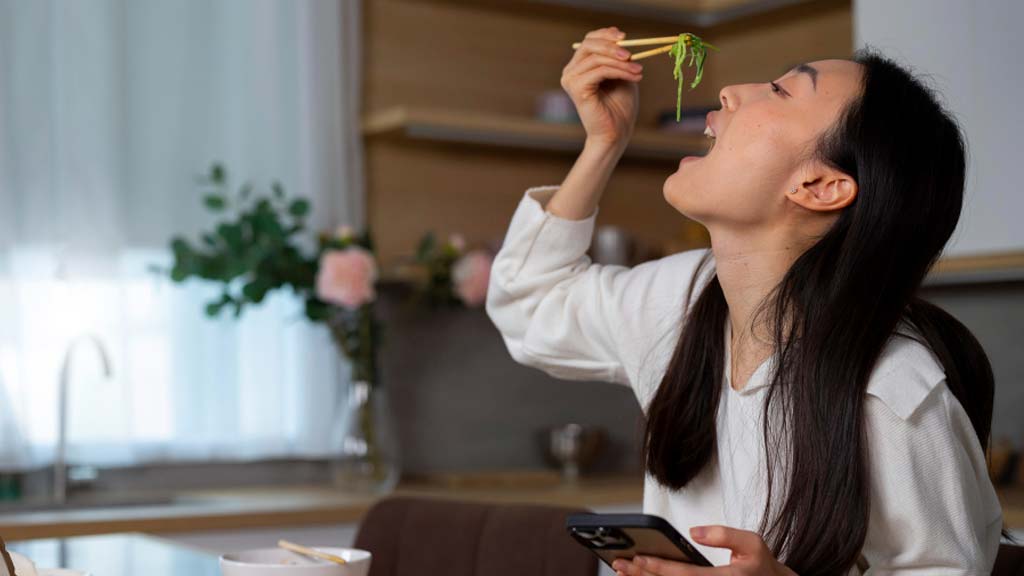
Because in the end, by adding and replacing your daily meals with these slow-aging foods, you can actually feel your body lighter and clearer, and your lifestyle less anxious and hurried. They’re the ingredients that let your systems recover from stimulation overload, protect your metabolism from chaos, and they allow you to age into strength—not stress.
And the best part? You don’t need to chase trends or buy miracle youth powders. The power is already in your pantry—waiting to be chosen with care.
If you’re looking to promote your products and connect with international buyers, please don’t hesitate to contact us.
Join us on an exciting journey to explore the vibrant world of Korean lifestyle – from the latest beauty tips to the hottest tech and so much more on Facebook, Twitter, LinkedIn, and Flipboard.



